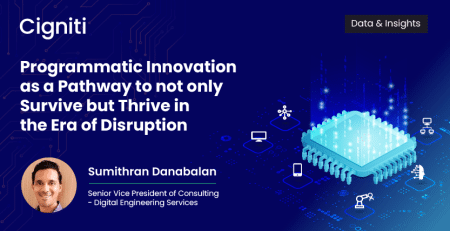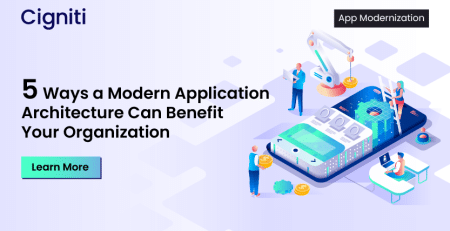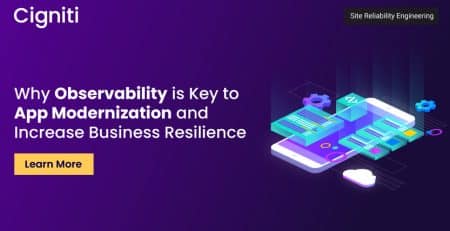AI/ML Trends in 2023 and Beyond
Implementing Artificial intelligence (AI) has changed from being a new fad to a serious organizational objective by 2022. Businesses of all sizes and stages of development are discovering possibilities for adopting AI trends. Organizations can modify core functions with this deployment, which shows promising outcomes in terms of effectiveness and efficiency.
Artificial intelligence trends have permeated every sphere of our civilization and way of life over the past ten years. It’s difficult to deny its influence on everything from chatbots and virtual assistants like Siri and Alexa to automated industrial machinery and self-driving automobiles.
“According to IDC research, governments and businesses would
spend more than $500 billion on AI technology globally in 2023.”
But what effect will it have, and how will it be used? In this blog, Srinivas Atreya discusses the key societal and business developments surrounding the application of artificial intelligence and machine learning (ML) throughout 2023 and beyond.
Rise of Sustainable AI
All businesses will be under pressure in 2023 to lessen their environmental effect and carbon footprint. In this regard, the rush to embrace and monetize AI can be both advantageous and detrimental.
AI algorithms demand growing power and resources, as does the infrastructure required to support and deliver them, such as cloud networks and edge devices.
For example, computer vision is used with satellite photography to detect illegal logging and deforestation in rainforests and illegal fishing, affecting ocean biodiversity.
AI may also be a driver of sustainability in other businesses and regions of operation. It is anticipated that 2023 will see a continuous push for implementing AI programs beyond merely pursuing improved business profits to address some of the most critical issues confronting our globe.
Democratization of AI for everyone
Once AI is widely accessible and everyone can use it to their advantage, it will realize its full potential. Thankfully, this will be simpler than ever in 2023.
Regardless of one’s degree of technical expertise, many applications put AI capability at everyone’s fingertips. This may be as basic as applications that let us build complex visualizations and reports with a mouse click, decreasing the typing required to search or send emails.
Due to the rising availability of no-code and low-code platforms, it is becoming easier to design your software if one that fulfills your needs is not already available. These make it possible for almost anybody to develop, test, and implement AI-powered solutions utilizing simple drag-and-drop or wizard-based user interfaces.
Ultimately, the democratization of AI will make it possible for organizations to overcome the difficulties brought on by the AI skills gap caused by a lack of qualified data scientists and AI software developers.
Interpretable machine learning to gain popularity
Interpretable Machine Learning will go mainstream in 2023. This will be key in improving stakeholder trust in current trends in AI, which will drive wider adoption across the business community.
There will be initiatives to solve the “black box” issue with machine learning trends in the upcoming years. Those in charge of installing AI systems will exert more effort to make sure that they can communicate how judgments are reached and what data was utilized to reach them.
Most attention-based methods can show the areas the model looked at while making the decision but cannot provide any detail on how those specific areas affected the final decision. Now, this problem is not specific to vision models, but other areas like language and audio.
As businesses learn how to remove bias and unfairness from their automated decision-making systems, the role of AI ethics will also become more important in the coming years.
As AI industry trends get infused across all domains, we will see profound changes in business operations, productivity, and consumer experiences. The next few years promise to bring more advances and disruption as AI industry trends accelerate.
Conclusion
As enterprises work towards making their ML models truly interpretable, trust levels will increase across the ecosystem. This would positively impact the adoption levels, ushering in an era of augmented decision-making, with humans and machines in perfect sync with each other on decisions.
We at Cigniti are working with Prototype network(s) and neural dis-entanglement approaches that can provide fine-grained interpretability to existing neural network decisions.
We can add some layers to existing neural networks and make them completely interpretable. We are not seeing any significant drop in network accuracy metrics after making them interpretable.
At Cigniti AI Labs, we work on approaches to open black-box ML models to further improve trust levels among business and society stakeholders.
If you want to learn about ML interpretability and how it can benefit all stages of the data science process, visit Cigniti AI/ML or talk to our AI experts.





Leave a Reply